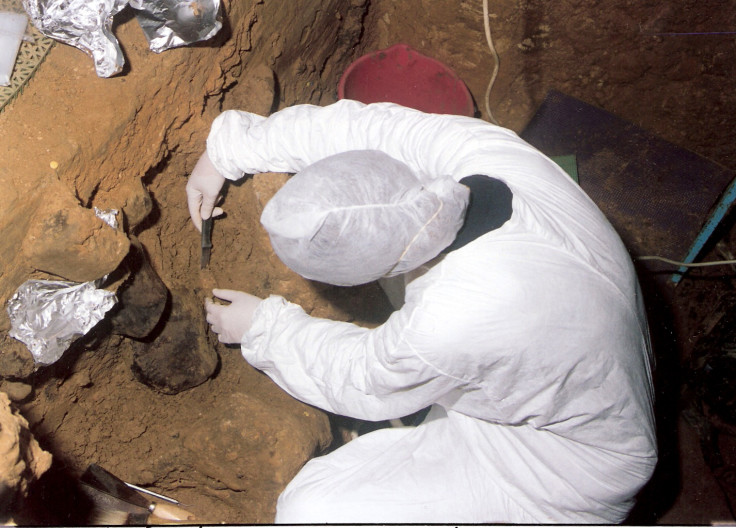DNA from ancient humans discovered in 240,000-year-old soil
The finds include 50,000-year-old genetic material from Neanderthal urine in Belgium.
Genetic material from ancient humans, Neanderthals and extinct beasts such as the woolly mammoth have been found in soil dating back hundreds of thousands of years.
The discovery opens up the possibility of finding our ancestors' DNA at thousands of archaeological sites where no bones or teeth have survived. The results are published in a paper in the journal Science.
One of the samples discovered is 50,000-year-old DNA from the urine of a Neanderthal, found in a cave in Belgium, according to a news article in the same issue of the journal.
This ancient DNA appears to be relatively widespread. The scientists tested sediments from nine known archaeological sites in Belgium, Croatia, France, Russia and Spain. The sediments dated from between 14,000 and 550,000 years ago, with the oldest intact DNA found in sediments dating from 240,000 years ago.
This method could open up a search to a vast number of sites previously thought to be empty of viable ancient DNA.
"I hope it catches on," study author Viviane Slon of the Max Planck Institute for Evolutionary Anthropology told IBTimes UK.
"One of the problems we often encounter when we want to work on the evolution of ancient hominins is that the skeletal remains are very rare. There are lot of archaeological sites where there are, for example, stone tools – so we know that ancient humans were once at the sites but there are no skeletal remains."
Turi King, an ancient DNA researcher at the University of Leicester, said: "What they've been able to do can be likened to finding a needle in a haystack: they've been able to retrieve DNA from ancient human species just from cave sediments. This work opens the door to being able to determine which ancient species were present at an archaeological site, and even get an idea of the number of individuals, even if no remains exist.
"It's also an excellent example of how genetics can be used to provide an extra layer of information about archaeological site even when there's no visible trace of the ancient humans themselves."
The DNA is thought to bind to minerals in the sediments, such as clay crystals. It can also bind to organic matter in the soils.

"One of our speculations is that the DNA can also come from tiny pieces of bone or tooth that is too small to be recognised by eye, which have disintegrated and become part of the sediments," Slon said.
The DNA was distinguished from modern DNA that could contaminate it during excavation or during laboratory tests, to make sure the samples really were from the dates indicated by the sediments they were found in.
"We look for specific types of damage to the DNA sequence that occurs over time," she said. "This is a signature that allows us to tell about sequences derived from ancient DNA versus present day contamination."

The presence of DNA from extinct animals in the same layers also indicated that the human DNA was from our ancestors and not modern people.
The DNA was in roughly the same state as that found in fossils and skeletons dating from the same ages, Slon said. Although the oldest DNA found was 240,000 years old, this is not likely to be the limit for this method.
"There's no particular reason we couldn't go as far back as the DNA found in fossils," said Slon. "That's about 700,000 years old from remains in permafrost. Outside the permafrost it's about 430,000 years old. Potentially we can go far back as that."

© Copyright IBTimes 2025. All rights reserved.






















